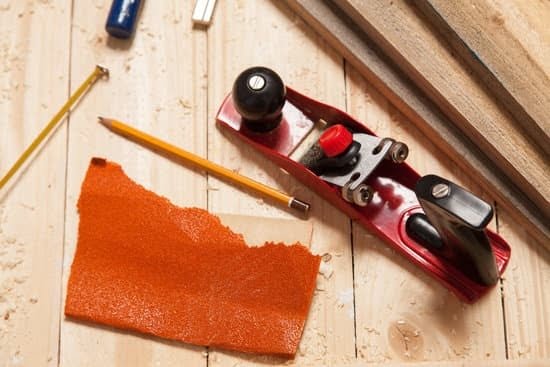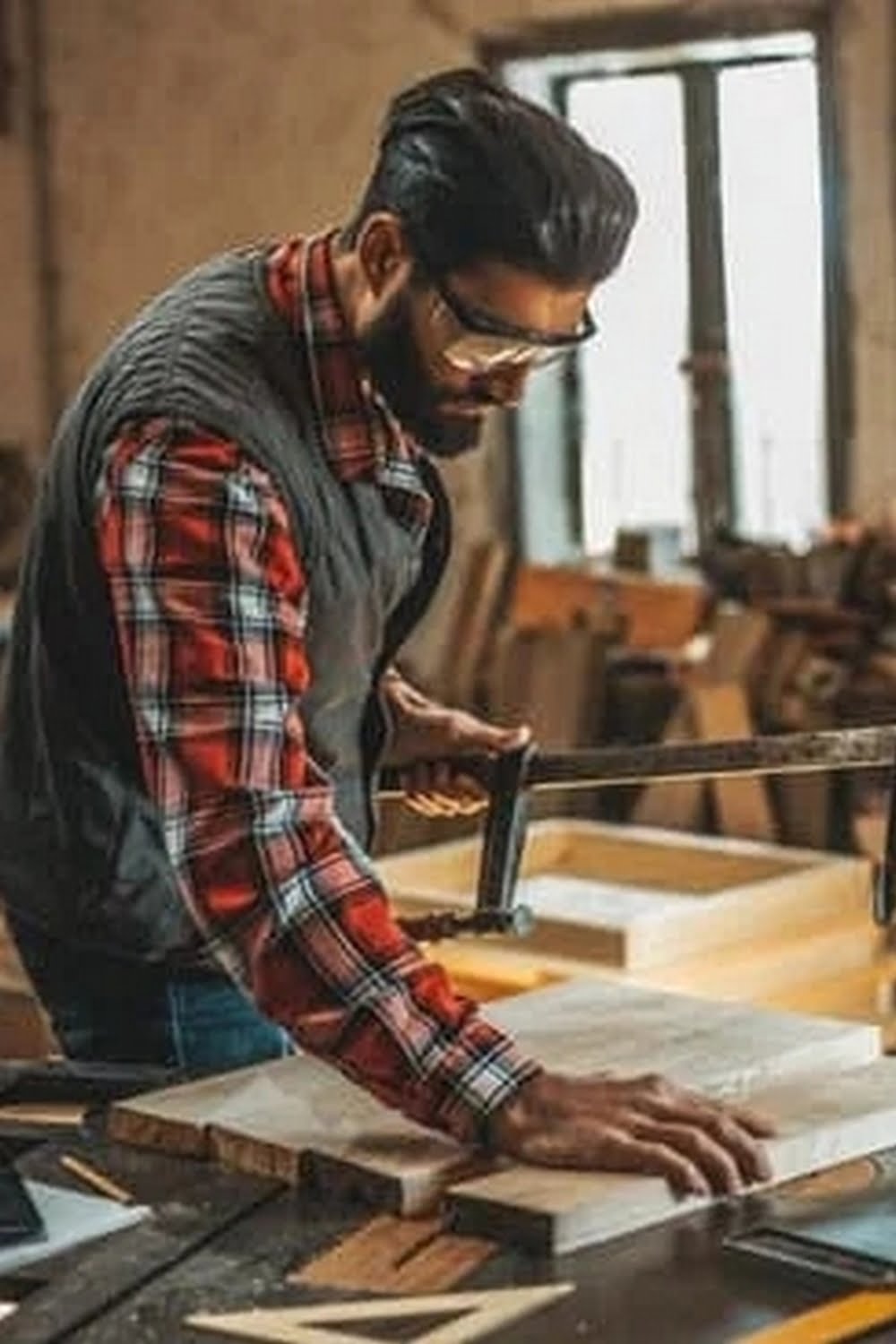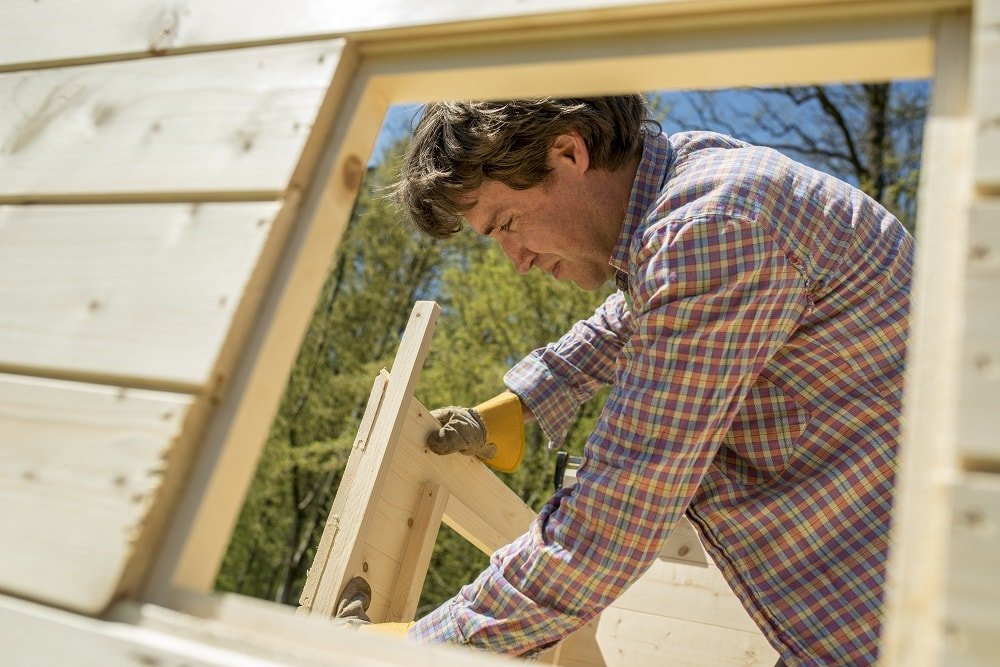Woodworking projects for kindergarten students are an important part of early childhood education, providing numerous benefits for young learners. From developing motor skills to fostering creativity and problem-solving abilities, woodworking activities offer a unique and hands-on learning experience. In this article, we will explore the significance of kindergarten woodworking projects, the benefits they offer, safety considerations, project ideas, materials and tools needed, as well as tips for supervision and curriculum integration.
Engaging in woodworking at a young age can have a lasting impact on a child’s development. It provides an opportunity for kindergarteners to explore their creativity and learn practical skills in a safe and supervised environment. With proper guidance and the right resources, woodworking activities can be a valuable addition to any kindergarten curriculum.
Throughout this article, we will delve into the various aspects of incorporating woodworking into kindergarten education. From understanding the benefits of woodworking for young students to successful project ideas and safety considerations, we aim to provide educators and parents with the necessary information to encourage creativity and skill development through kindergarten woodworking projects. So let’s dive in to discover the world of kindergarten woodworking.
Benefits of Woodworking for Kindergarten Students
Woodworking projects offer numerous benefits for kindergarten students, providing them with valuable opportunities for hands-on learning and skill development. One of the main advantages of woodworking for kindergarten students is the enhancement of their fine motor skills. Manipulating tools and handling materials during woodworking activities helps children improve their hand-eye coordination and dexterity, which are essential for tasks such as writing, drawing, and using scissors.
Moreover, woodworking projects can also promote creativity and problem-solving skills among kindergarten students. When engaged in woodworking activities, children are encouraged to think critically and imaginatively as they plan and create their projects. This fosters a sense of independence and self-expression, allowing kindergarteners to explore their ideas and concepts through hands-on experiences.
In addition to these cognitive benefits, woodworking projects can also contribute to the social-emotional development of kindergarten students. Collaborative woodworking activities provide opportunities for children to work together, share ideas, and collaborate on a common goal. This enhances their communication skills, encourages teamwork, and fosters a sense of community within the classroom.
| Benefit | Description |
|---|---|
| Fine Motor Skills Development | Woodworking enhances hand-eye coordination and dexterity. |
| Creativity and Problem-Solving Skills | Woodworking encourages critical thinking, imagination, independence, and self-expression. |
| Social-Emotional Development | Collaborative woodworking activities promote teamwork, communication skills, and a sense of community. |
Safety Considerations for Kindergarten Woodworking
When it comes to kindergarten woodworking projects, safety should always be the top priority. Young children are naturally curious and may not fully understand the potential dangers of working with tools and materials. It is crucial for educators and parents to enforce strict safety considerations when introducing woodworking activities to kindergarteners.
Proper Tool Usage
One of the most important safety considerations for kindergarten woodworking is teaching children how to properly use and handle tools. This includes demonstrating how to hold a hammer, saw, or sandpaper correctly, as well as emphasizing the importance of never running with sharp objects or engaging in any horseplay while holding tools.
Protective Gear
Another key aspect of safety in kindergarten woodworking is ensuring that children wear the appropriate protective gear. This can include safety goggles or glasses to protect their eyes from wood chips or sawdust, as well as gloves to protect their hands from splinters. Educators and parents must also make sure that the workspace is clear of any hazards and that children have enough space to work without bumping into each other.
Supervision
Perhaps the most critical safety consideration for kindergarten woodworking projects is constant supervision. Adults should always be present when children are using tools or working with wood. Supervisors should also be on hand to provide guidance, demonstrate proper techniques, and intervene in case of any accidents or unsafe behavior.
By implementing these safety considerations, educators and parents can ensure that kindergarten woodworking projects are not only fun and educational but also safe for young children.
Easy and Safe Woodworking Projects for Kindergarteners
Simple Wooden Block Structures
One of the easiest and safest woodworking projects for kindergarteners is creating simple wooden block structures. Provide the students with pre-cut wooden blocks and encourage them to use their imagination to build different shapes, buildings, or even animals. This project allows the children to practice their fine motor skills, spatial awareness, and creativity in a safe and controlled environment.
Painted Popsicle Stick Picture Frames
Another fun and safe woodworking project for kindergarteners is making painted popsicle stick picture frames. This project not only introduces the students to basic woodworking skills, such as gluing and assembling, but also allows them to explore their creative side by decorating the frames with paint, glitter, or stickers. The end result is a beautiful piece of art that the children can proudly display at home.
Wooden Spoon Puppet Making
Wooden spoon puppet making is a great woodworking project for kindergarteners that combines crafting and woodworking. By providing the students with wooden spoons, yarn, fabric scraps, googly eyes, and other craft materials, they can create their own unique puppets. This activity not only fosters creativity but also encourages imaginative play as the children can put on puppet shows using their creations.
By engaging in these easy and safe kindergarten woodworking projects, children can develop important skills while having fun and expressing their creativity in a controlled environment. These activities can also serve as an introduction to more advanced woodworking projects as they progress through their education.
Materials and Tools Needed for Kindergarten Woodworking Projects
When it comes to introducing woodworking projects to kindergarten students, it’s important to ensure that they have access to the right materials and tools for their safety and learning. The materials needed for kindergarten woodworking projects include child-friendly saws, sandpaper, wood glue, nails, hammers, and pre-cut wooden pieces. These materials will allow young children to explore woodworking in a safe and supervised environment.
In addition to the materials, the right tools are essential for kindergarten woodworking projects. Child-sized hammers with rubberized handles, lightweight saws with safety guards, and goggles for eye protection are crucial for ensuring that kindergarteners can work on their projects safely. It’s important that all tools are age-appropriate and designed specifically for use by young children.
Aside from the basic materials and tools, it’s also important to provide a well-organized workspace where kindergarteners can work on their woodworking projects. This can include sturdy workbenches at an appropriate height for young children, storage boxes for keeping tools and materials organized, and cleaning supplies for maintaining a clean and safe environment.
By providing the right materials and tools for kindergarten woodworking projects, educators can encourage creativity and skill development while prioritizing the safety of their students. This hands-on approach to learning allows kindergarteners to gain valuable experience in using tools and working with different materials while exploring their creativity through woodworking activities.
Tips for Supervising Kindergarten Woodworking Activities
When supervising kindergarten woodworking activities, it’s important to prioritize safety while still allowing the children to explore and express their creativity. Here are some tips for effectively supervising woodworking projects in a kindergarten setting:
1. Demonstrate safe tool usage: Before allowing the children to use any tools, demonstrate proper handling and usage. Show them how to hold and manipulate tools safely to avoid accidents.
2. Provide one-on-one guidance: For kindergarteners, it’s essential to provide individualized attention and guidance during woodworking activities. Walk around the workspace, offering assistance and feedback as needed.
3. Establish clear rules: Set clear rules for behavior and safety in the woodworking area. Explain the consequences of not following these rules, such as losing woodworking privileges.
4. Use child-friendly tools: Ensure that the tools used for kindergarten woodworking projects are age-appropriate and easy for small hands to handle. Consider using plastic saws, hammers with soft heads, and pre-cut wood pieces to minimize risk.
5. Encourage teamwork: Encourage students to work together on projects, promoting collaboration and cooperation while also providing an opportunity for them to learn from each other.
6. Maintain a tidy workspace: Keep the woodworking area organized and free of clutter to prevent accidents caused by tripping or stumbling over materials or tools.
By following these supervision tips, educators can create a safe and supportive environment for kindergarten woodworking projects while also fostering creativity and skill development among their young students.
Incorporating Woodworking Into the Kindergarten Curriculum
Woodworking can be a valuable addition to the kindergarten curriculum as it provides numerous benefits for young students. Not only does it offer the opportunity for children to develop their fine motor skills and hand-eye coordination, but it also fosters creativity and problem-solving abilities. By integrating woodworking into the curriculum, educators can create a learning environment that supports holistic development and hands-on learning experiences.
Here are some practical ways to incorporate woodworking into the kindergarten curriculum:
- Integrate woodworking into art and design lessons: Encourage students to create simple wooden sculptures, structures, or functional objects using basic woodworking techniques such as sanding, painting, and assembling.
- Use woodworking projects to teach math and science concepts: Incorporate measurements, shapes, and patterns into woodworking activities to reinforce mathematical understanding. Additionally, explore scientific principles such as stability and balance through building and construction projects.
- Connect woodworking with literacy: Integrate storytelling and writing exercises by having students create narratives or instructions related to their woodworking projects. This can help promote language development and communication skills while making connections between literacy and hands-on activities.
By incorporating kindergarten woodworking projects into various aspects of the curriculum, educators can provide students with a well-rounded learning experience that is both enriching and engaging. Additionally, this approach allows for cross-disciplinary connections that support the diverse needs of young learners. Through thoughtful planning and supervision, woodworking can be effectively integrated into the kindergarten classroom to promote skill development and creative expression in a safe and supportive manner.
Successful Kindergarten Woodworking Project Ideas
Kindergarten woodworking projects can be a great way to introduce young children to the world of hands-on creativity and skill development. Here are some successful kindergarten woodworking project ideas that are not only simple and safe, but also engaging and educational.
One popular and easy woodworking project for kindergarteners is building birdhouses. Using pre-cut pieces of wood, children can assemble and decorate their own birdhouses using non-toxic paint or markers. This project not only teaches kids about basic construction skills, but also introduces them to the concept of providing shelter for wildlife.
Another fun idea for kindergarten woodworking projects is creating wooden picture frames. With the help of adult supervision and pre-cut wooden frames, children can sand, paint, and decorate their own picture frames using embellishments like beads, buttons, or stickers. This activity allows kids to express their creativity while also learning about measurements and design.
Additionally, making simple wooden toys such as cars, boats, or blocks can be an exciting woodworking project for kindergarteners. By using safe tools like sandpaper and non-toxic glue under close supervision, young children can learn about shaping and assembling wood while also engaging in imaginative play with their handcrafted creations. These types of projects not only foster a sense of accomplishment in young children but also encourage fine motor skills development and problem-solving abilities through hands-on activities.
Conclusion
In conclusion, kindergarten woodworking projects offer a unique opportunity for young students to develop essential skills while expressing their creativity. Through woodworking, children can learn problem-solving, fine motor skills, and patience in a hands-on and engaging way. By introducing woodworking into the kindergarten curriculum, educators can provide a valuable learning experience that goes beyond traditional classroom activities.
Furthermore, the benefits of incorporating woodworking into early education go beyond skill development. Kindergarten woodworking projects also promote confidence and self-esteem as children see their ideas come to life through their own efforts. This sense of accomplishment is invaluable in laying the foundation for a positive attitude towards learning and exploring new activities.
As educators, parents, or caregivers, it is important to prioritize safety considerations when introducing woodworking to kindergarteners. By using age-appropriate tools and providing adequate supervision, children can engage in woodworking activities in a safe and controlled manner.
With the right guidance and resources, kindergarten woodworking projects can be an enriching and fulfilling part of early childhood education. Working with wood at a young age allows children to discover their creative potential while building practical skills that will serve them well in the future.
Frequently Asked Questions
What Do Kids Make in Woodshop?
In woodshop, kids can make a variety of projects such as birdhouses, picture frames, small tables, and even simple toys like cars or boats. These projects allow kids to learn basic woodworking skills and safety practices.
What Is the Best Wood for Kids Woodworking?
The best wood for kids’ woodworking projects is typically softwoods like pine, cedar, or redwood. These woods are easier to work with due to their softer nature and are more forgiving for beginners who may be learning how to use hand tools or power tools.
What Woodworking Project Sells the Most?
Woodworking projects that tend to sell the most are often practical items like cutting boards, shelves, and furniture pieces like coffee tables or nightstands. Small decorative items like wooden signs or personalized gifts also have a high demand in the market. These types of projects appeal to a wide range of customers and serve functional purposes in the home.

Hi everyone! I’m a woodworker and blogger, and this is my woodworking blog. In my blog, I share tips and tricks for woodworkers of all skill levels, as well as project ideas that you can try yourself.





